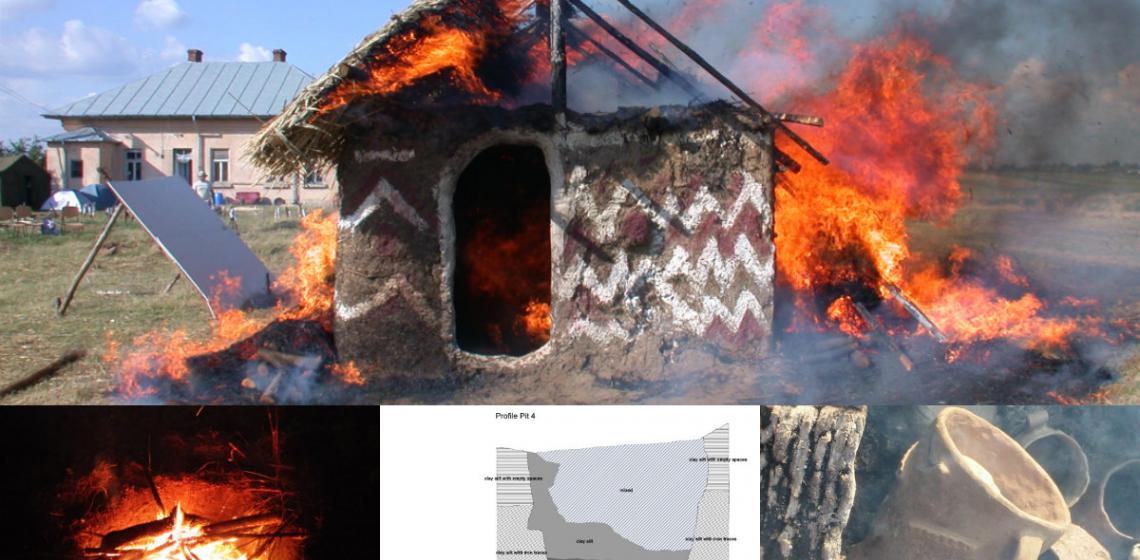
In 2018, the Italian Ministry for Education and University awarded the Department of Humanities of the University of Trento as one of the few excellence centres in Italy in the domain of the scientific research area 10 (Antiquities, Philological-literary and Historical-artistic sciences). Received grants allowed to give life to the CeASHum - Center of Advanced Studies in the Humanities which is structured in a PhD School of Studies and five Research Laboratories.
The LaBAAF - “Bagolini” Laboratory: Archaeology, Archaeometry, Photography is one of these five CeASHum laboratories; the mission is to promote advanced prehistoric, classical, and medieval archaeological research. Its special interests are oriented to develop studies in methodological aspects, land use and resources management, and formation processes. A special focus is dedicated to the study of human artefacts which combines traditional methodologies (such as typology, technology, raw material provenance, use wear analysis) and archaeometry (SEM and digital microscopy, FTIR, XRF) thanks to the collaboration with the Department of Industrial Engineering of the University of Trento.
At this regard, experimental programs are a key topic in the LaBAAF archaeological research: we can test many factors about source materials, rendering conditions and end products within the controlled conditions of a laboratory. Each experiment could involve holding all but one variable constant at any one time so to help to verify hypothesis, to expand the range of interpretations elaborated with other methods, and to improve the understanding of different aspects of past life (subsistence, cuisine, technology, craft, and survival).
The LaBAAF integrates an experimental archaeology approach to several prehistoric archaeological researches with authentic materials and in a range of environmental conditions that aims to reflect more accurately the ‘real life’ or ‘actualistic’ scenarios. Experimental activity develops into three main scientific domains: pottery, lithic, and household structures and features.
Research aims at understanding formation and abandonment processes of Neolithic structures such as building and firing a hut, Neolithic features such as storage pits and fire pits; use of wood and early pyrotechnology during Palaeolithic period; another important objective is the significance of prehistoric lithic tools by the means of experimental activity and the use of heat-treatment of knappable materials during the Neolithic.
Students are involved in the experimentation programs thanks to workshops and outdoor activities on pottery production, firing pottery, and knapping lithic tools.
